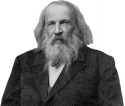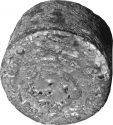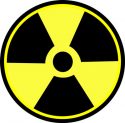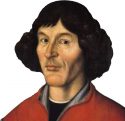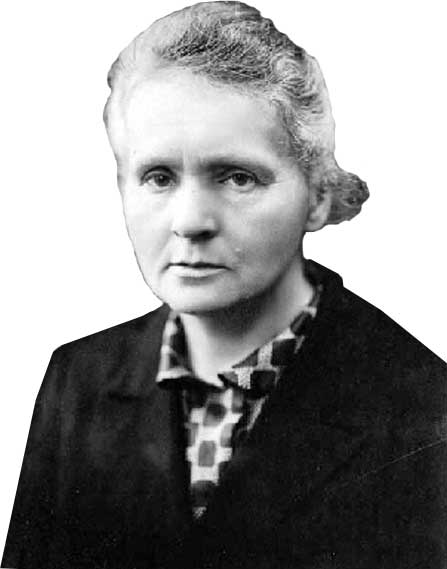 Marie Curie is one of the most famous lady scientists who became the first lady to earn a Nobel Prize. She also won a 2nd Nobel Prize for discovering two new Elements and also became the first person for getting two Nobel Prizes.
Marie Curie is one of the most famous lady scientists who became the first lady to earn a Nobel Prize. She also won a 2nd Nobel Prize for discovering two new Elements and also became the first person for getting two Nobel Prizes.
Early Life
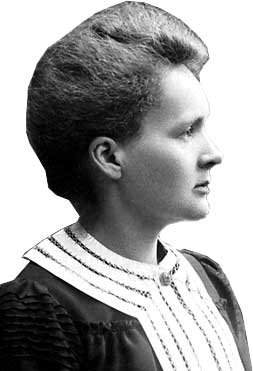 Marie Curie was born in 1867 in Poland that was the part Russian Empire at that time. Her parents were teachers and she was their fifth and youngest child. She became a very bright student due to her parents’ efforts that were both teachers.
Marie Curie was born in 1867 in Poland that was the part Russian Empire at that time. Her parents were teachers and she was their fifth and youngest child. She became a very bright student due to her parents’ efforts that were both teachers.
When Marie was young, her parents involved in a patriotic movement for independence of Poland from Russia. Due to this reason, they lost their jobs, property, and faced a very tough time along with their children. Due to the loss of fortune, Marie had to struggle a lot in his life; especially for getting education.
Marie successfully graduated from a college in Poland and earned a Gold medal while struggling financially. She wanted to study further but was unable to get admission in universities of Poland. So, she tried to get admission at Sorbonne University in Paris, France with the help of his elder sister.
She continued his higher education in France and successfully got a Physics degree because she wanted to be a scientist in physics. While studying at the university, Marie got married to Pierre Curie who was also a scientist.
Marie worked a lot on radioactive elements and was exposed to high energy radiation much longer. Due to overexposure to radiation, she felt ill and died at the age of 67 years in 1934.
Scientific Discoveries and Contributions
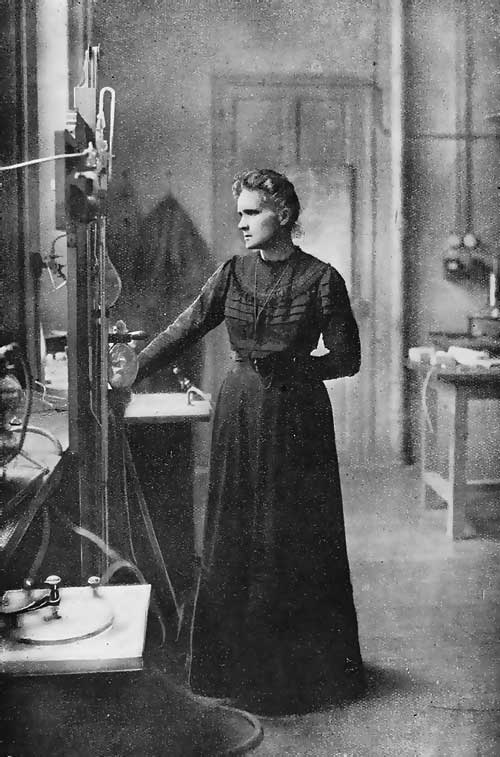 William Roentgen has discovered X-rays and in the same period, Henry Becquerel discovered Radioactivity of elements. When Marie Curie discovered the phenomenon of radioactivity, she became very interested in working on radioactivity further. While studying and working on the radioactivity phenomenon, she discovered new elements.
William Roentgen has discovered X-rays and in the same period, Henry Becquerel discovered Radioactivity of elements. When Marie Curie discovered the phenomenon of radioactivity, she became very interested in working on radioactivity further. While studying and working on the radioactivity phenomenon, she discovered new elements.
Discovering New Elements
Marie along with his husband Pierre Curie began working on the mineral of Uranium, pitchblende, from which Henry Becquerel discovered radioactivity. Marie and Pierre Curie did a lot of experiments on pitchblende and found that the pitchblende was giving more radiations than the amount of Uranium present in it. So they doubted that maybe there is another radioactive element yet unknown but present in the pitchblende along with Uranium.
Marie analyzed the pitchblende further and found that there are actually two new elements in the sample of mineral. She named the two elements; Polonium and Radium. Due to the discovery of the two new elements, Marie Curie and Pierre Curie both got Nobel Prize in 1911. Marie and Pierre also got Nobel Prize in 1903 before the discovery of new elements due to their work on radiation.
Facts
- Marie helped in World War I by suggesting that, X-rays can be used to take inside-image of injured soldiers’ bodies.
- Irene was the eldest child of Marie and Pierre Curie. She has won a Nobel Prize for his work on radiations and aluminum metal.
- In 1921, Marie Curie has founded a facility for research on cancer. This research facility is also one of the major facilities in Paris today.

